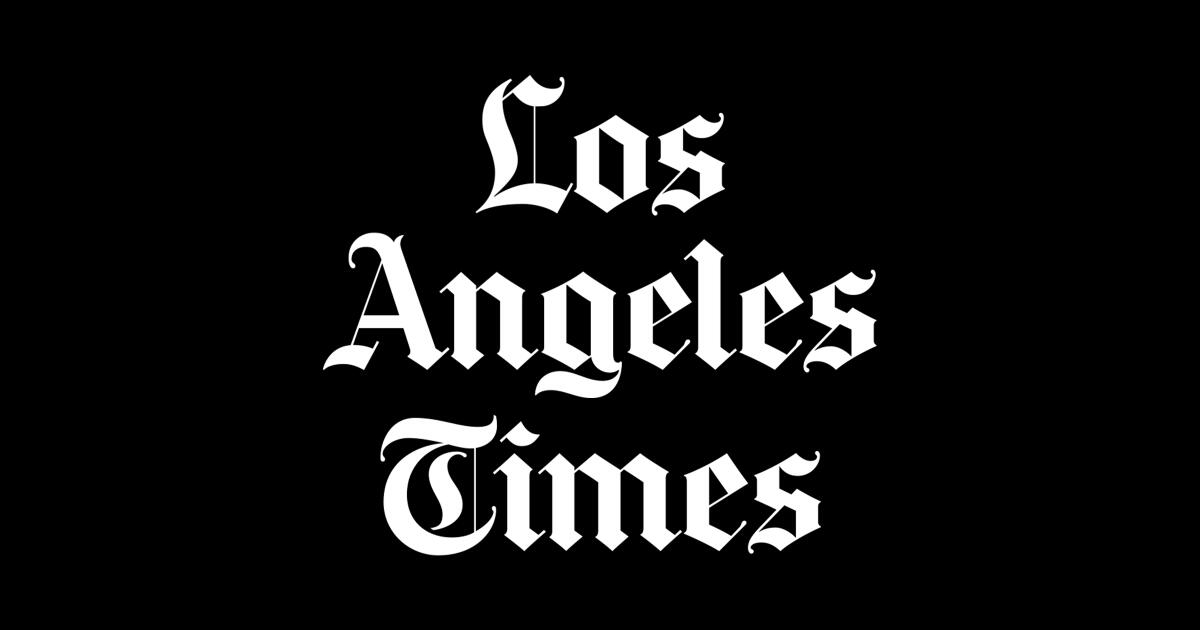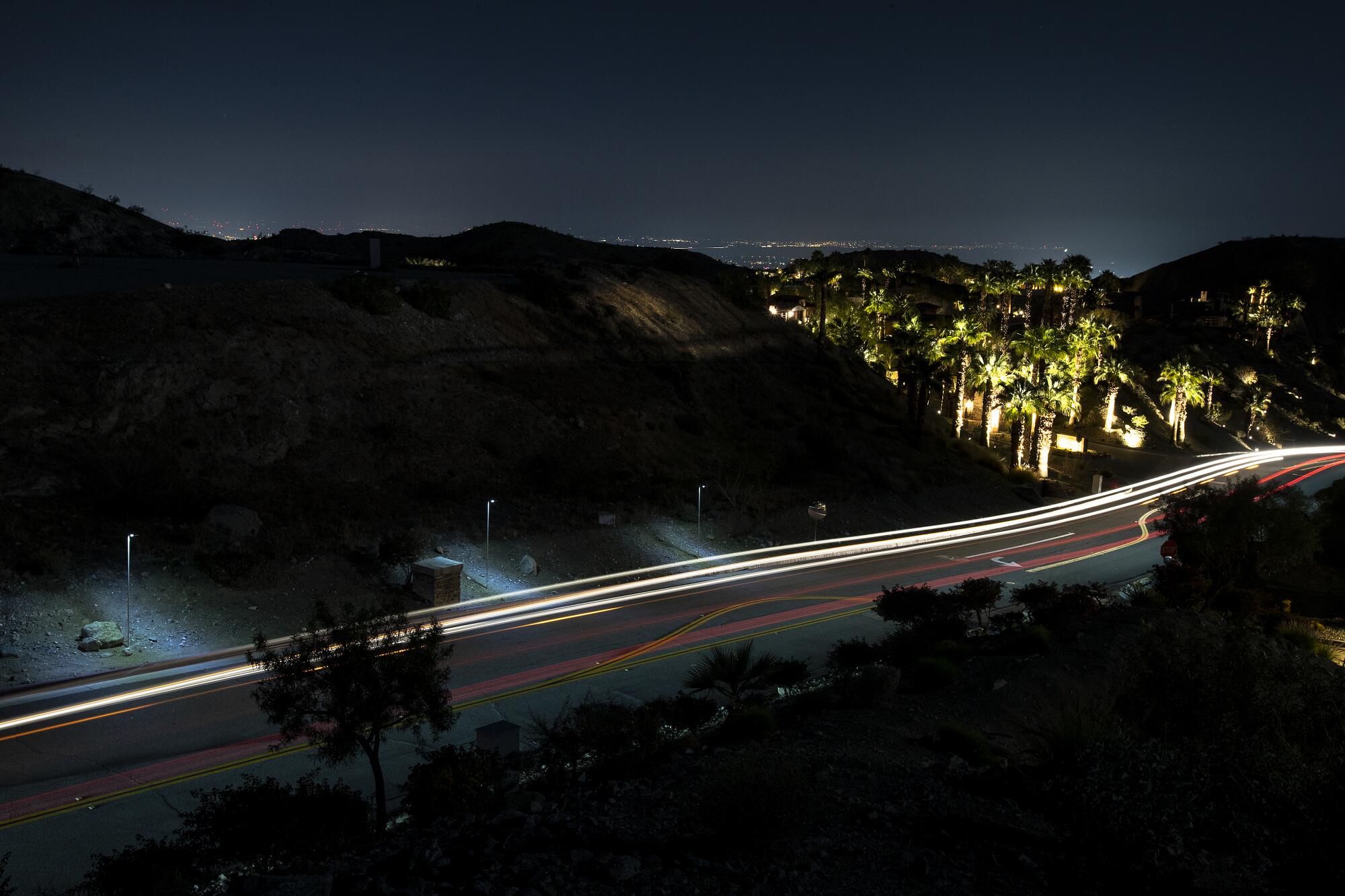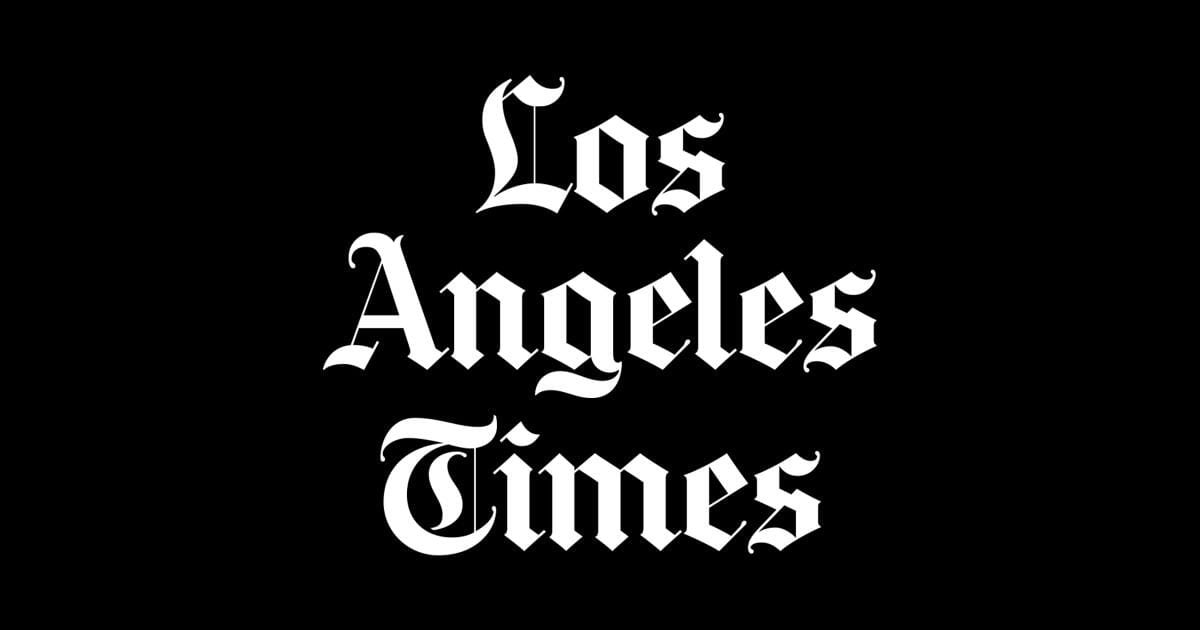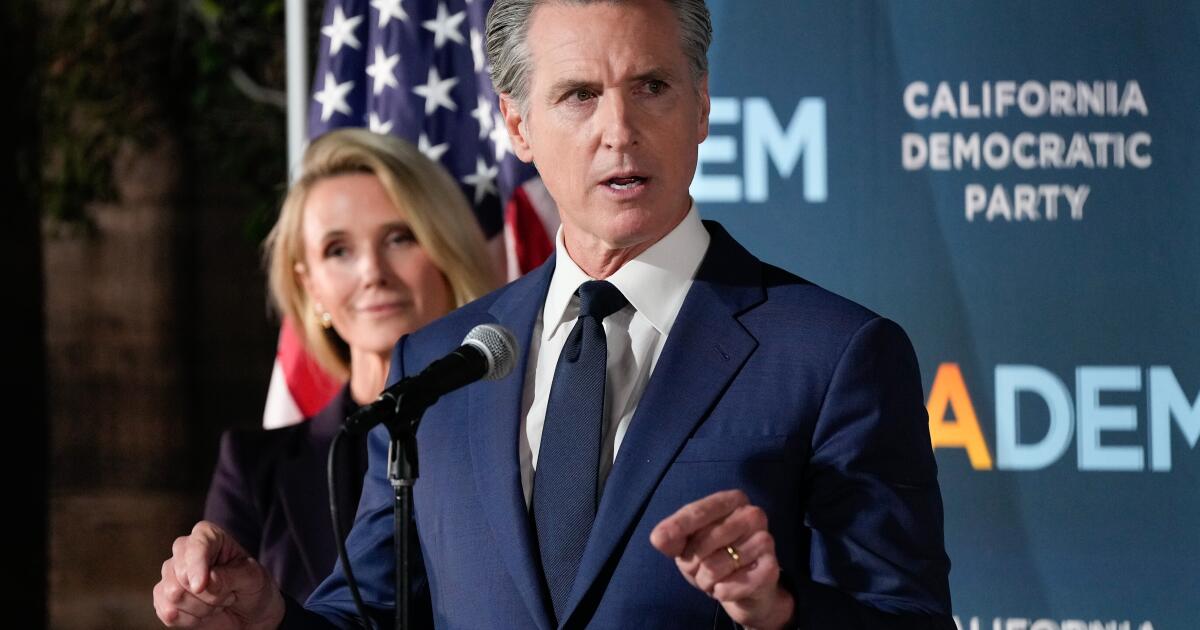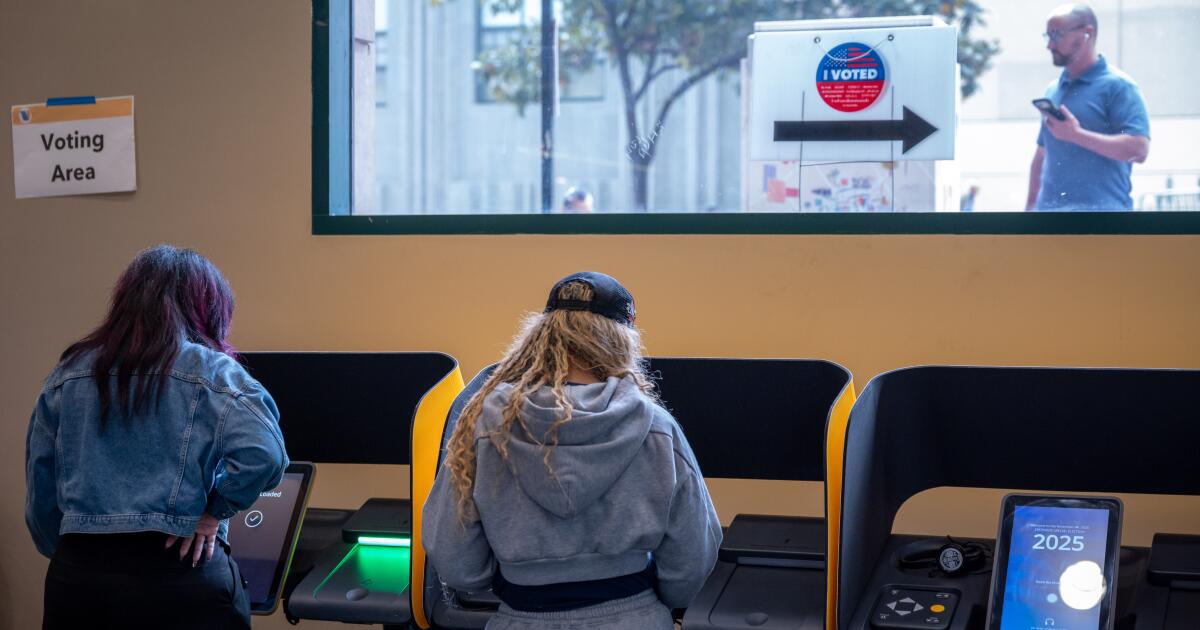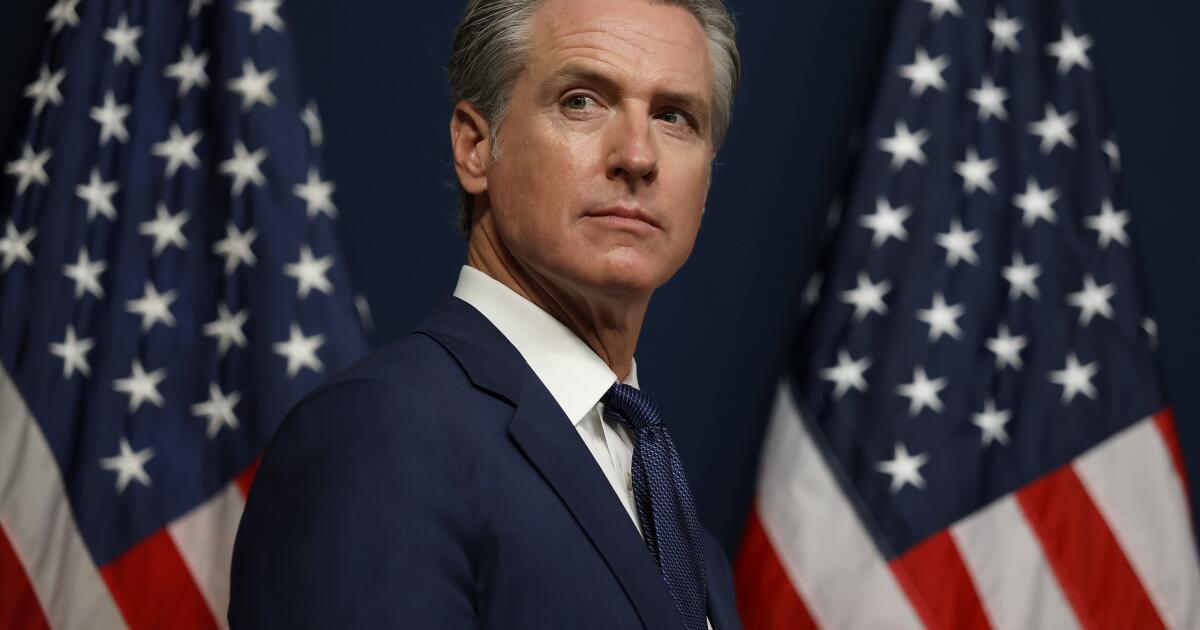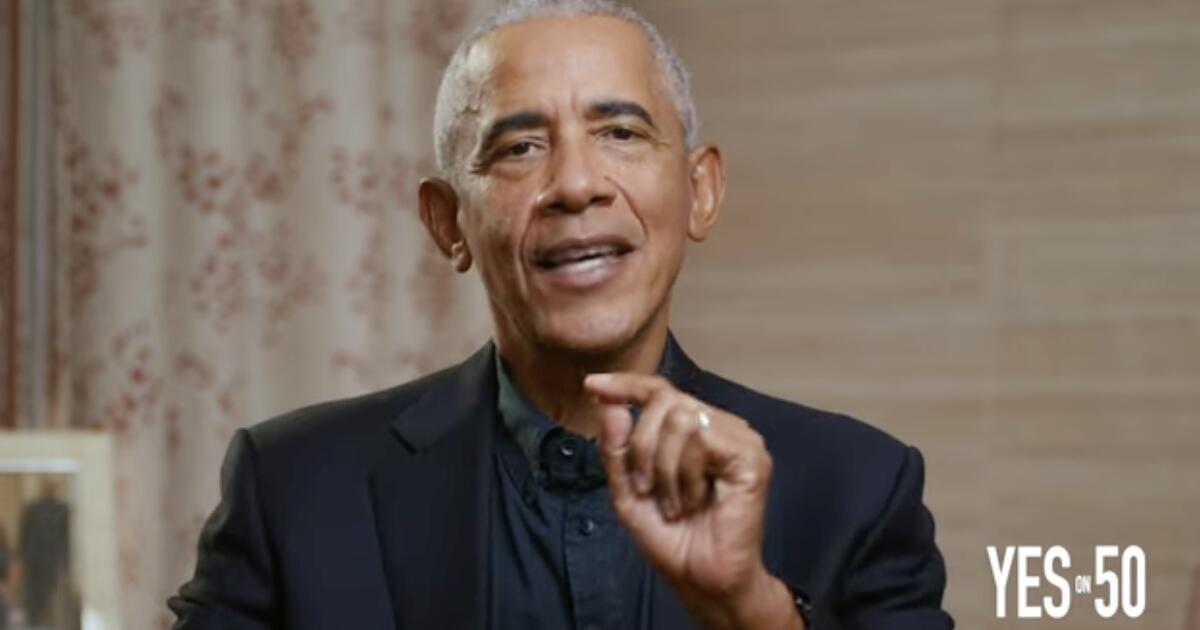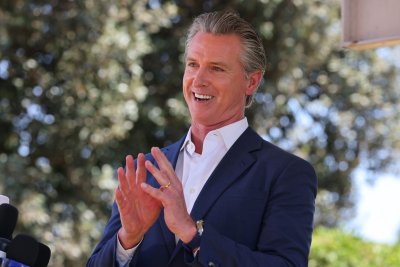Brown again says Prop. 8 should be struck down
California Atty. Gen. Jerry Brown once again refused to defend Proposition 8’s ban on same-sex marriage Friday, telling a federal judge that it violated the U.S. Constitution and should be struck down.
Brown made his arguments in response to a federal lawsuit against the state by two gay couples who contend the initiative violates federal due process and equal protection guarantees.
Over Brown’s opposition, the California Supreme Court upheld the proposition last month on state, not federal, constitutional grounds, a few days after the federal suit was filed in San Francisco.
Brown’s willingness to fight a state law that has been upheld by the state’s highest court contrasted sharply with President Obama’s decision this week to oppose a federal challenge to the U.S. Defense of Marriage Act brought in Orange County.
In that case, a married gay couple, Arthur Smelt and Christopher Hammer, has challenged the constitutionality of both Proposition 8 and the 1996 federal law that prohibits extension of federal benefits to same-sex couples.
The U.S. Justice Department has argued that the Orange County challenge should be dismissed, a position that was quickly denounced by gay rights lawyers.
In a statement, Obama’s lawyers noted that the president considers the gay marriage ban discriminatory and wants it rescinded, but that his government is legally obliged to defend the law on the books.
“The president has said he wants to see a legislative repeal of the Defense of Marriage Act because it prevents [lesbian, gay, bisexual and transgender] couples from being granted equal rights and benefits. However, until Congress passes legislation repealing the law, the administration will continue to defend the statute when it is challenged in the justice system,” the statement said.
Brown, however, said that even though California is required to enforce Proposition 8, he is free to agree with the challengers that it violates the 14th Amendment of the U.S. Constitution.
Brown’s position, laid out in a brief filed late Friday, puts the state’s highest-ranking law enforcement officer on the record declaring that the ballot measure violates federal constitutional protections. The San Francisco case may eventually reach the U.S. Supreme Court.
At the same time, Brown argued that U.S. District Judge Vaughan Walker should not suspend Proposition 8 immediately because a higher court could reinstate it later and put same-sex couples in “legal limbo.”
“Staying operation of Proposition 8, without the certainty of a final judgment as to its constitutionality, would leave same-sex couples, as well as their families, friends, and the wider community, in legal limbo,” Brown argued.
Andy Pugno, the lawyer for the campaign that won passage of the measure, accused Brown of being “intent on undercutting Prop. 8 at every opportunity” when told of the filing.
“The people of California really deserve better than to have their vote just continually questioned and second-guessed by the attorney general,” Pugno said.
The campaign has asked Judge Walker to allow it to defend the measure as a full participant in the case, just as it did before the California Supreme Court.
Nationally renowned attorneys Theodore Olson and David Boies filed the San Francisco suit on behalf of a lesbian couple from Berkeley and two gay men from Burbank who had been denied marriage licenses after Proposition 8’s passage.
The lawyers are scheduled to ask Walker on July 2 to put Proposition 8 on hold pending a trial. Gov. Arnold Schwarzenegger, in a separate filing, also said the measure should not be temporarily blocked because of the uncertainty over what higher courts will rule.
The federal challenge brought by Olson and Boies has worried gay rights advocates who fear the federal courts, currently dominated by judges named by Republican presidents, could rule against those claiming a constitutional right for gays to marry and set back their cause by as much as decades.
The American Civil Liberties Union, speaking for an alliance of gay rights groups, lamented the Justice Department’s move to dismiss the Orange County couple’s suit.
“The administration is using many of the same flawed legal arguments that the Bush administration used,” Paul Cates, the ACLU gay rights project director, said of the brief filed by the government late Thursday. “These arguments rightly have been rejected by several state supreme courts as legally unsound and obviously discriminatory.”
The federal ban on recognizing same-sex marriages is also being challenged by 12 gay couples from Massachusetts who have identified specific damages suffered because of the law, such as denial of joint tax-filing benefits, spousal benefits for federal employees and inheritance rights.
Smelt and Hammer also sued the state over Proposition 8. In response to that challenge, Brown filed a motion to dismiss, arguing that the men lack standing to sue because their marriage has been recognized as legal and is unaffected by the voter initiative.
In upholding Proposition 8, the state high court refused to apply it retroactively, leaving an estimated 18,000 same-sex marriages intact.
Proposition 8, a constitutional amendment, reinstated a same-sex marriage ban following the California Supreme Court’s historic, May 15, 2008, ruling that the ban violated the state Constitution.
The state high court rejected challenges that the measure was an impermissible, sweeping revision rather than a more limited constitutional amendment.
—
